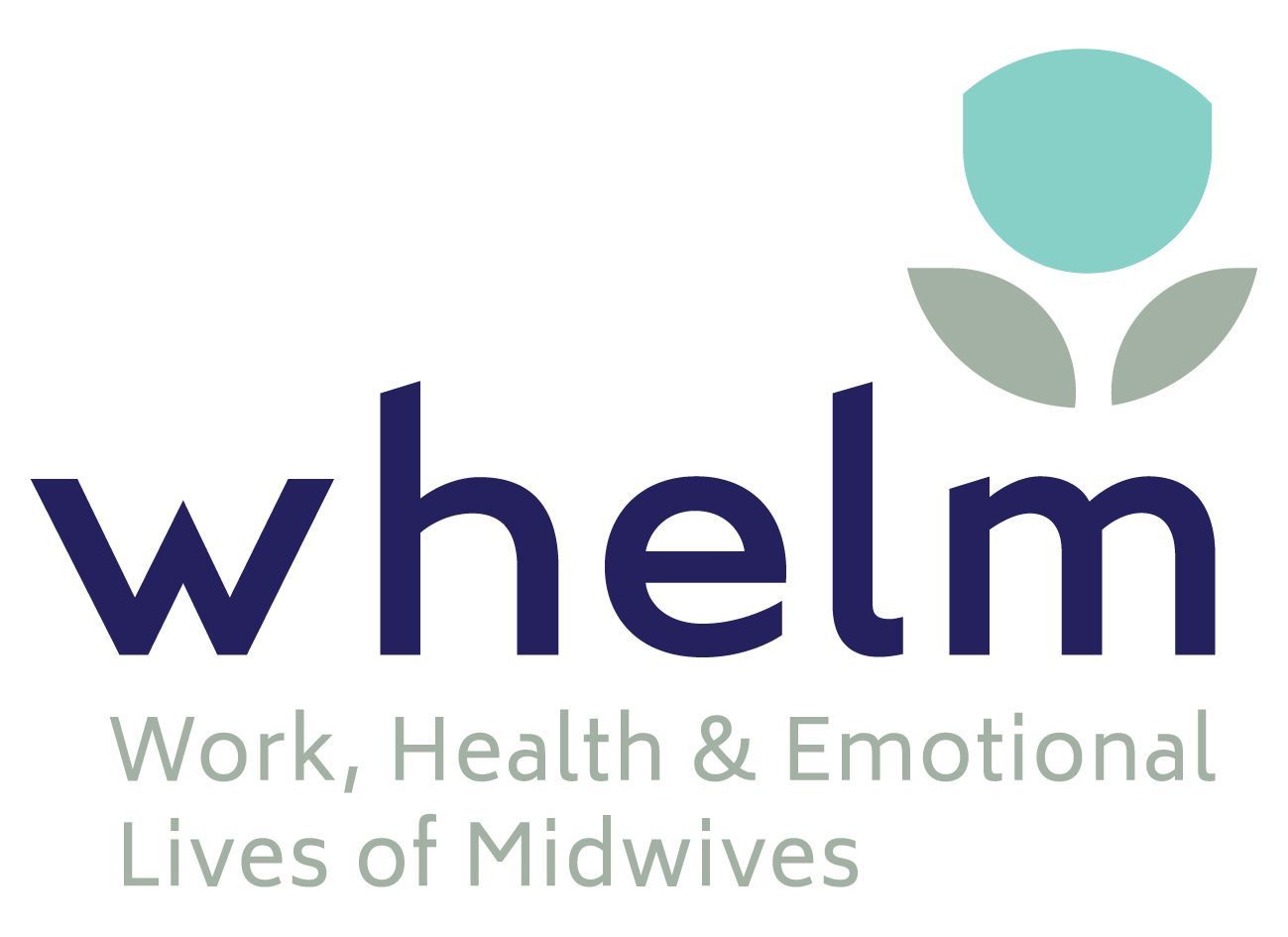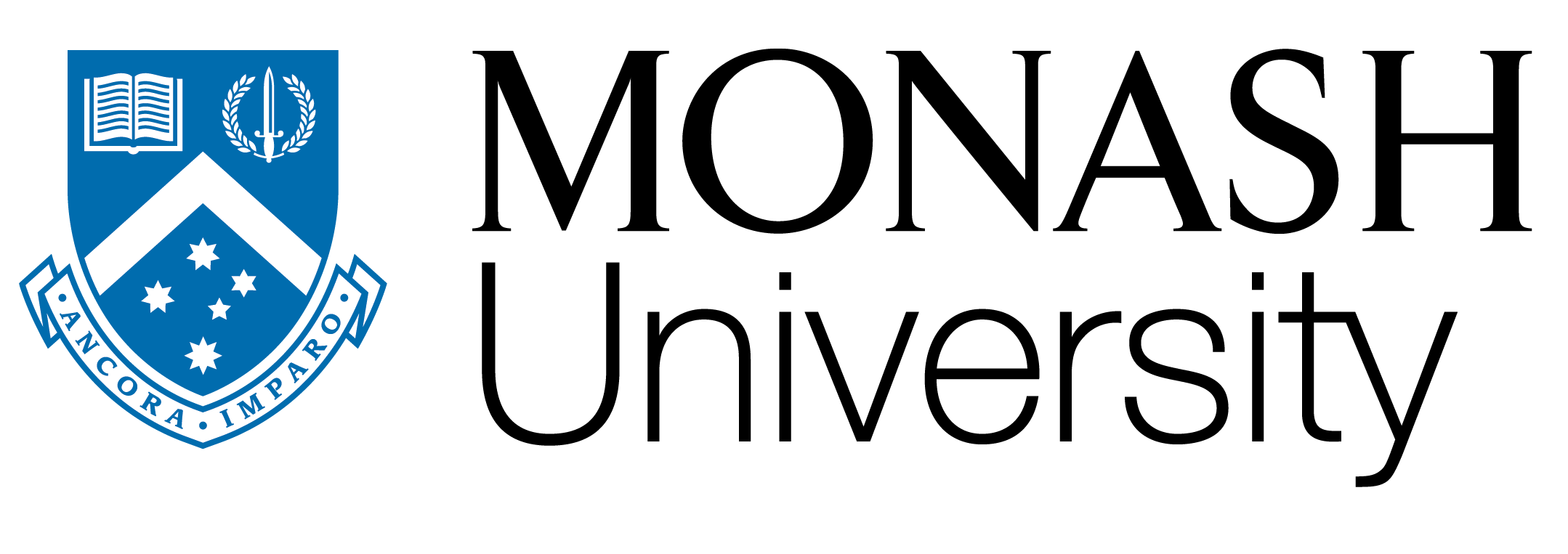Work, Health, and Emotional Lives of Midwives (WHELM)
Studies undertaken within this program of work use validated tools to measure rates of anxiety, stress, depression and burnout within the midwifery workforce.
This program of work is designed to identify factors that promote well-being and improve the working lives of midwives.
The primary goal of this project is to identify strategies that empower midwives and enable them to provide optimum care for women and babies in a sustainable way.
Our Collaborators
- Assoc Professor Mary Sidebotham (School of Nursing and Midwifery, Griffith University, Australia)
- Professor Jenny Gamble (School of Nursing and Midwifery, Griffith University, Australia)
- Professor Debra Creedy (School of Nursing and Midwifery, Griffith University, Australia)
- Adjunct Professor Jennifer Fenwick (School of Nursing and Midwifery, Griffith University, Australia)
- Ms Karina Harvey (Master of Primary Maternity Care graduate, Griffith University, Australia)
- Dr Annabel Sheehy (Faculty of Health, University of Technology Sydney, Australia)
- Dr Kathrin Stoll (Research Associate, Birth Place Lab, University of British Columbia, Canada)
- Dr Ingrid Jepsen (University College Viden, Denmark)
- Professor Nicola Bauer (Department of Applied Health Sciences, Studienbereich Hebammenwissenschaft, Germany)
- Ms Andrea Vilmar (Department of Applied Health Sciences, Studienbereich Hebammenwissenschaft, Germany)
- Professor Julia Leinweber (Department of Midwifery, Berlin Protestant University)
- Professor Prof. Aurelija Blaževičienė (Head of Nursing and Care Department, Lithuanian University of Health Sciences, WHO Collaborating Centre Director)
- Ms Vita Vaiciene (Clinical Midwife and PhD Candidate, Lithuanian University of Health Sciences)
- Professor Billie Hunter (School of Healthcare Sciences, Cardiff University, United Kingdom, Royal College of Midwives Professor of Midwifery, Director WHO Collaborating Centre for Midwifery Development)
- Dr Josie Henley (Research Associate, Cardiff University, United Kingdom)
- Ms Joanne Cull (Clinical Academic Fellow, Croydon University Hospital, Kingston University, St George’s, University of London, United Kingdom)
- Dr Sally Pezaro (School of Nursing, Midwifery and Health, Coventry University , United Kingdom)
- Dr Déirdre Daly (School of Nursing and Midwifery, Trinity College Dublin, Ireland)
- Professor Mirjam Lukasse (Faculty of Health and Social Sciences,
Department of Nursing and Health Sciences, University of South Eastern Norway) - Liesbeth Kool (Faculty of Medical Sciences, University of Groningen, the Netherlands)
- Dr Esther Feijen-de Jong (Faculty of Medical Sciences, University of Groningen)
- Professor Ingegerd Hildingsson (School of Nursing Sciences, Mid Sweden University, Sweden)
- Malin Hansson (Doctoral Candidate, Institute of Health and Care Sciences, University of Gothenberg, Sweden)
- Dr Andrea Gilkinson (Associate Head, Postgraduate School of Clinical Sciences, AUT University, New Zealand)
- Dr Lesley Dixon (Midwifery Advisor, New Zealand College of Midwives)
- Assoc Professor Judith McAra-Couper (Head of Department Midwifery, Co-Director – Centre for Midwifery & Women’s Health Research, Faculty of Health & Environmental Sciences
AUT University) - Professor Khitam Mohammad (Head of Midwifery, Head of Maternal and Child Health, Faculty of Nursing, Jordan University of Science and Technology)
Collaborating countries
- Australia
- Canada
- Germany
- Ireland
- The Netherlands
- Lithuania
- New Zealand
- Norway
- Sweden
- United Kingdom
- USA
- Jordan
Publications:
Callander,E., Sidebotham, M., Gamble, J., Lindsay,D. (2020). The future of the Australian midwifery workforce – impacts of ageing and workforce exit. Women and Birth, in press.
Clemons, J.H., Gilkison, A., Mharapara, T.L., Dixon, L., & McAra-Couper, J. (2020). Midwifery job autonomy in New Zealand: I do it all the time. Women and Birth, in press.
Creedy, D. K., Sidebotham, M., Gamble, J., Pallant, J., & Fenwick, J. (2017). Prevalence of burnout, depression, anxiety and stress in Australian midwives: a cross-sectional survey. BMC Pregnancy and Childbirth, 17, 13.
Crowther, S., Hunter, B., McAra-Couper, J., Warren, L., Gilkison, A., Hunter, M., Fielder, A., & Kirkham, M. (2016). Sustainability and Resilience in Midwifery: A discussion paper. Midwifery, 40, 40 – 48.
Cull, Hunter, Henley, Fenwick, Sidebotham. (2020). “Overwhelmed and out of my depth”: Responses from early career midwives in the United Kingdom to the Work, Health and Emotional Lives of Midwives study. Women and Birth, in press.
Dixon,L., Guilliland,K., Pallant,J., Gilkison,A., Sidebotham,M., Fenwick,J.,McAra-Couper,J. (2017).The emotional wellbeing of New Zealand midwives: comparing responses between employed, self-employed (case loading) and midwives who do both. New Zealand College of Midwives Journal, 53, 5-14
Fenwick, J., Lubomski, A., Creedy, D. K., & Sidebotham, M. (2018). Personal, professional and workplace factors that contribute to burnout in Australian midwives. Journal of Advanced Nursing, 74(4), 852– 863.
Fenwick, J., Sidebotham, M., Gamble, J., & Creedy, D. K. (2018). The emotional and professional wellbeing of Australian midwives: a comparison between those providing continuity of midwifery care and those not providing continuity. Women and Birth, 31(1), 38-43.
Fenwick,J., Sidebotham,M., Gamble, J., Creedy, D., Toohill,J. (2017). Trauma and fear in Australian midwives. Women and Birth, 32(1), 64-71.
Gilkison, A., McAra Couper, J., Fielder, A., Hunter, M., & Austin, D. (2017). The Core of the core: What is at the heart of core hospital midwifery practice in New Zealand? New Zealand College of Midwives Journal, 53, 5-14.
Gilkison, A., McAra-Couper, J., Gunn, J., Crowther, S., Hunter, M., Macgregor, M., & Hotchin, C. (2015). Midwifery practice arrangements which sustain caseloading Lead Maternity Carer midwives in New Zealand. New Zealand College of Midwives Journal, 51, 11-16.
Gray, J.E., Leap, N., Sheehy, A., & Homer, C.S.E. (2013). Students’ perceptions of the follow-through experience in 3 year bachelor of midwifery programmes in Australia. Midwifery, 29(4), 400–406.
Gray, J.E., Leap, N., Sheehy, A., & Homer, C.S.E. (2012). The “follow-through” experience in three-year Bachelor of Midwifery programs in Australia: A survey of students. Nurse Education in Practice, 12(5), 258–263.
Hansson. M., Lundgren,I., Hensing,G., Carlsson, I. M.(2019) Veiled midwifery in the baby factory – A grounded theory study. Women and Birth, 32(1), 80-86.
Harvey K., Fenwick J., Sidebotham,M. (2019). Australian midwives’ intentions to leave the profession and the reasons why. Women and Birth, 32(6), e584-593.
Henriksen, L., & Lukasse, M. (2016). Burnout among Norwegian midwives and the contribution of personal and work‐related factors: A cross‐sectional study. Sexual & Reproductive Healthcare, 9, 42– 47.
Hildingsson, I., & Fenwick, J. (2015). Swedish midwives’ perception of their practice environment ‐ A cross sectional study. Sexual & Reproductive Healthcare, 6(3), 174– 181.
Hildingsson, I., Gamble, J., Sidebotham, M., Creedy, D. K., Guilliland, K., Dixon, L & Fenwick, J. (2016). Midwifery empowerment: National surveys of midwives from Australia, New Zealand and Sweden. Midwifery, 40, 62-69.
Hunter,B., Fenwick,J., Sidebotham,M., Henley,J. (2019). Levels of burnout, depression, anxiety and stress and associated predictors. Midwifery, 79, 102526.
Jepsen, I., Juul, S., Foureur, M., Sørensen, EE., Nøhr EA. (2017). Is caseload midwifery a healthy work-form?–A survey of burnout among midwives in Denmark. Sexual & Reproductive Healthcare, 11, 102-106.
Jordan, K., Fenwick, J., Slavin, V., Sidebotham, M., & Gamble, J. (2013). Level of burnout in a small population of Australian midwives. Women and Birth, 26(2), 125– 132.
Kool, L., Feijen-de Jong, E. I., Schellevis, F. G. & Jaarsma, D. A. D. C.(2019). Perceived job demands and resources of newly qualified midwives working in primary care settings in The Netherlands Midwifery, 69, 52-58.
Leinweber, J., Creedy, D. K., Rowe, H. & Gamble, J. (2019). Assessing emotional aspects of midwives’ intrapartum care: Development of the Emotional Availability and Responsiveness in Intrapartum Care Scale. Midwifery, 74, 84-90.
Leinweber, J., Creedy D. K., Rowe, H. & Gamble, J. (2017). A socioecological model of posttraumatic stress among Australian midwives. Midwifery, 45, 7-13.
Leinweber, J., Creedy D. K., Rowe, H. & Gamble, J. (2016). Responses to birth trauma and prevalence of probable Posttraumatic Stress Disorder among Australian midwives. Women and Birth, 30 (1), 40-45.
Long, M. H., Bogossian, F. E., & Johnston, V. (2013). The prevalence of neck, shoulder, and upper back musculoskeletal disorders among midwives, nurses, and physicians: A systematic review. Workplace Health and Safety, 61(5), 223-29.
Long, M. H., Bogossian, F. E., & Johnston, V. (2013). Midwives’ experiences of work-related shoulder musculoskeletal problems. International Journal of Childbirth, 3(1), 52-64.
Long, M. H., Bogossian, F. E., & Johnston, V. (2012). Functional consequences of work-related spinal musculoskeletal symptoms in a cohort of Australian midwives. Women and Birth, 26(1), e50-e58.
Long, M. H., Johnston, V., & Bogossian, F. (2012). Helping women but hurting ourselves? Neck and upper back musculoskeletal symptoms in a cohort of Australian midwives. Midwifery, 29(4), 359-67.
Long, M. H., Johnston, V., Bogossian, F. (2012). Work-related upper quadrant musculoskeletal disorders in midwives, nurses and physicians: a systematic review of risk factors and functional consequences. Applied Ergonomics, 43(3), 455-67.
Lukasse, M., & Pajalic, Z. (2016). Norwegian midwives’ perceptions of empowerment. Sexual & Reproductive Healthcare, 7, 58– 64.
Lukasse, M., Henriksen,L. (2019). Norwegian midwives’ perceptions of their practice environment: A mixed methods study. Nursing Open, 6(4), 1559-1570.
McAra-Couper, J., Gilkison, A., Crowther, S., Hunter, M., Hotchin, C., & Gunn,J. ( 2014). Partnership and reciprocity with women sustain Lead Maternity Carer midwives in practice. New Zealand College of Midwives Journal, 49, 23 – 33.
Mharapara, T. L., Staniland, N., Stadler, M., Clemons, J. H., & Dixon, L. (2021). Drivers of job satisfaction in midwifery-A work design approach. Women and Birth, S1871-5192(21)00118-9. Advance online publication. https://doi.org/10.1016/j.wombi.2021.07.004
Mohammad KI, Al-Reda AN, Aldalaykeh M, Hayajneh W, Alafi KK, Creedy DK, Gamble J. (2020). Personal, professional and workplace factors associated with burnout in Jordanian midwives: A national study. Midwifery, 89, 102786.
Pallant, J. F., Dixon, L., Sidebotham, M., & Fenwick, J. (2015). Further validation of the Perceptions of Empowerment in Midwifery Scale. Midwifery, 31(10), 941– 945.
Pallant, J. F., Dixon, L., Sidebotham, M., & Fenwick, J. (2016). Adaptation and psychometric testing of the Practice Environment Scale for use with midwives. Women and Birth, 29(1), 24– 29.
Pezaro, S., Clyne, W., Turner, A., Fulton, E. A., & Gerada, C. (2016). ‘Midwives Overboard!’ Inside their hearts are breaking, their makeup may be flaking but their smile still stays on. Women and Birth, 29(3), e59– 66.
Pezaro, S., Clyne, W., Fulton, E. A. (2017). A systematic mixed-methods review of interventions, outcomes and experiences for midwives and student midwives in work-related psychological distress. Midwifery, 50, 163-173.
Sidhu R, Su B, Shapiro K & Stoll K. (2020). Exploring prevalence of and factors associated with burnout in Midwifery: A scoping review. European Journal of Midwifery, 4(February), 4.
International Lead: Associate Professor Mary Sidebotham










